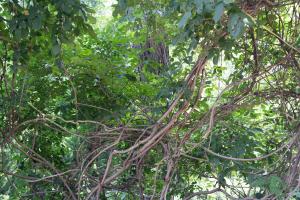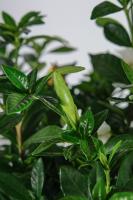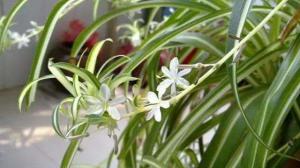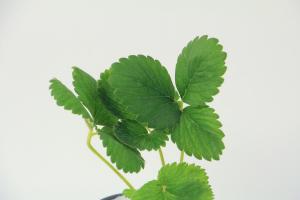I Breeding environment
1. Soil: lying cattle like soil with sufficient nutrition and good air permeability, because it is afraid of water logging, so the soil also needs good drainage
2. Temperature: lying cattle like to be warm. The best temperature is 13 to 21 degrees. It is not resistant to severe cold in winter, so it must be protected from cold, preferably not less than 10 degrees
3. Light: lying cattle like plenty of light, but they are afraid of strong light in summer. Provide good scattered light during growth, shade in summer and good ventilation conditions. Good light makes its color better
4. Watering: it can provide sufficient water for lying cattle during the growth period, and water after the soil is half dry. Don't water too much in summer, but water once a week. You can't water more when it's cold in winter
5. Fertilization: when growing vigorously, some special fertilizer for meat can be used, but the amount can not be too much

II Breeding method
The breeding of lying cattle is mainly by ramet method. Select a perennial old plant, and some lateral buds will grow on its side. After cutting them off, they can be inserted into the matrix and wait for them to germinate

III Change basin regularly
When the soil is caked or undernourished, you can change the basin for the lying cattle. After removing the pot, the root system needs to be trimmed to leave the main roots, and the fine roots and rotten roots need to be cut off


 how many times do yo...
how many times do yo... how many planted tre...
how many planted tre... how many pine trees ...
how many pine trees ... how many pecan trees...
how many pecan trees... how many plants comp...
how many plants comp... how many plants can ...
how many plants can ... how many plants and ...
how many plants and ... how many pepper plan...
how many pepper plan...






























